Get all the highlights as they happen at Car Design Dialogues Milan
Back for the third year running, the CDN team is geared up and ready for an evening of discussions at Maserati’s flagship space in the centre of Milan. Refresh this page for running commentary on the evening’s two panel discussions and key takeaways.
It is Maserati in the front, Maserati in the back this year with both spaces filled. Our sponsors have done an excellent job as usual with their stands. There is even a tree.

Session 1: Originality in CMF
18:00: The stage is set and CDN editor James McLachlan is looking as swish as ever. Happy faces, full glasses and a buzz of conversation fills the room. Lovely stuff.
“Milan is a very important city for me. It feels right to be here. It is not necessarily a car city, but it is a city that radiates creativity and inspiration. I came here on Sunday night and we went to an exhibition that sums up the feeling of Milan: it was on prison design. in one hall was a series of door sthat the architects had sourced directly from Milan – it could not feel further from a prison. All different colours. Even in prisons, attention is given to CMF, materiality and design.
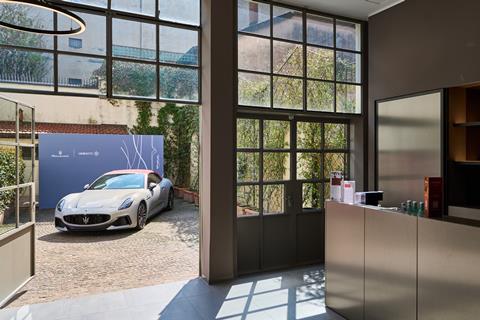
Bridge of Weir’s Catherine Martin shares a peek at the company’s new sustainable bio foam in front of the ‘leather tree’; Lacks Enterprises’ Michael *Suchara showcases “the most beautiful carbon fibre wheel on the planet”; Pangea’s Caitlin Brennan sets the stage for discussions around leather; Kimberly Harrington of Ultrafabrics points to their materials on show: “Come and have a look, and more importantly, a feel. It’s all about tactility,” and Lars Schmidt introduces Swarovski Mobility, a company that many will be familiar with for its work with diamonds. It turns out, there is plenty more going on beyond that.
18:14 Lancia’s Laura Brunet: “We wanted to bring fashion, architecture and a feeling of home into the new Lancia. The ‘coffee table’ interior for us was a way of delivering that.”
18:20 “Our heritage is in engineering,” says Swarovski’s Schmidt. ”Automotive is nothing new for us in that respect. Thte vision for us is to combine our strong technology approach while bringing that element of fashion and individualisation to CMF design.”
18:22: Jo Lewis of McLaren notes that “we all have good ideas as deisgners, but actually being able to implement them is the challenge.” She also emphasises the importance of innovation in CMF, ultimately to delight customers with the expected – and unexpected: ”Over the years I’ve tried to devleop materials that have that layer of complexity and an element of surprise.”
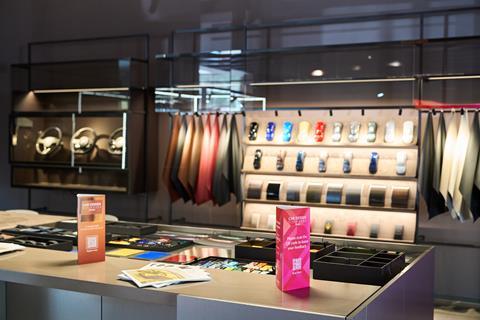
18:24: Audi’s Nisha Pillai describes the process of ‘curation’ when it comes to CMF, always ensuring that sustainability is at the core. At this point, we have lost count of the references to sustainability, which will surprise nobody in the room we are sure.
18:25: Jo Lewis of McLaren: “When you have a V10 engine, you’re maybe not focussed on sustainability as a driver but it’s on us as designers to consider new ways of introducing sustainability regardless.
18:27: CDN’s James McLachlan asks how involved designers really are when it comes to core sustainability decisions. “We’re looking to increase the weight of sustainable material in the car, and CMF is a very strong tool in that respect,” says Laura Brunet of Lancia.
18:28: Crystal is an inherently durable material. Does that make it sustainable? ”We are working on recreated crystal, utilising glass breakage,” notes Schmidt, almost like offcuts or scraps are in the production of othe rmaterials. “Crystal is also very hard, so things you touch constantly essentially have barely any wear and tear.”
18:31: “There’s always a space for traditionally-made materials,” notes McLaren’s Jo Lewis, “but things like 3D printing are coming more into the production space now be it metals, plastic or other substrates.”
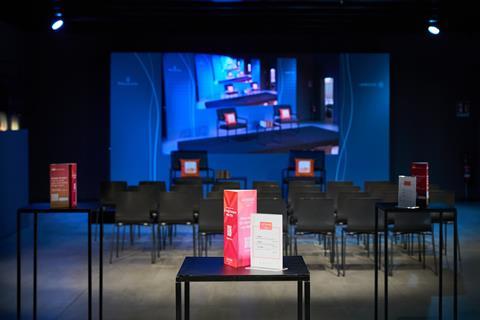
18:33: “At the moment it’s not always possible to mass produce with 3D printing, but we can do rapid prototypes which is a useful intermediate step,” adds Audi’s Pillai. ”Things can be done overnight. Designers always want more than they can have,and this constant strive should always be there.”
18:36: “We obviously want to take things to the next level, but there are obviously regulations that we need to work to as well,” notes Lancia’s Brunet. “Regardless, we’re always working on innovation in CMF.”
18:37: “As an ultra low manufacturer, we don’t have the same kind of regulations and hurdles as those in mass production,” notes McLaren’s Lewis. “But as designers, it is our duty to follow sustainable materials and make sure what we use is there for the right reason.”
18:38: Audi’s Pillai flags the external sensors that need to be integrated in a particular way, and in turns presents particular challenges to the CMF team when it comes to paint and finish.
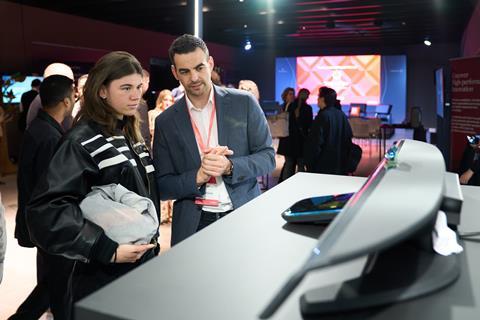
18:40: One audience member asks for a candid opinion on sustainable materials – does it feel forced? Do designers feel rushed? Big questions. “It’s a pursuit, it’s a journey. A long journey,” says Pillai. “We are making incremental steps with each project, and sustainability is a very broad topic so there are many different aspects we need to consider.”
“With new materials, these are not just things you can pick up and put in a car,” says Jo Lewis. “You can’t just click your fingers. We do embrace it, but time is the key.”
“We face this topic every day,” says Swarovski’s Schmidt. “We hear from OEMs that they want suppliers who are willing to take on a challenge. We want to contribute a part to that sustainability journey, and being an early part of that process.”
Session 2: Brand Guardians
18:44: Lotus’ Ben Payne: “We’re pushing into new spaces as a brand, so it’s about rejoining the dots between past and present. It’s quite complicated.”
18:48: How does Klaus Busse feel within the broader organisation at Maserati? “It’s that moment of the week where we smile, enjoy the brand and dream about the brand. The CEO has more to do than thing about the brand, their day is incredibly structured so going to see design shouldn’t be a burden.”
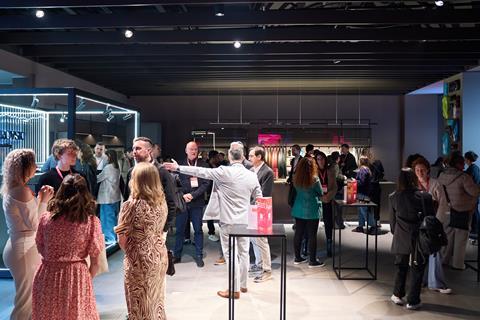
18:53: “There’s always a move to look outside the car for inspiration,” says Busse, pointing to the brand’s recent partnership with Giorgetti furniture.
18:56: How does the relationship with suppliers work when it comes to protecting – and growing – the brand? “It’s an extension of resource,” says Payne. “There’s only so much we can do. It allows us to go further and makes an awful lot of sense. There is also that cross-pollination of ideas. So it’s a way of bringing omre creativity into the group – a springboard for creativity.”
18:57: “I was reminscing with some supplier friends yesterday about the good old days,” muses Busse. “I felt like we had more freedom with suppliers back then, but we all agree that the earlier we bring in suppliers and make them part of the journey, the better.”
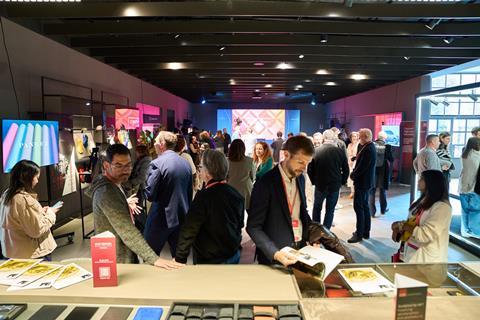
19:00: “The place where we want a bit mroe space to breath and have more latitute is to be drivetrain agnostic,” says Payne. “There wasn’t a drivetrain that was always synonyomous with what Ltus did. It was more about doing what worked for each car. So we don’t have that massive difference from going from a V8 to an EV.”
19:03: How should iconic automotive brands navigate the digital evolution? Payne suggests there is no universal strategy. ”The blend of digital and traditional experiences will be brand specific and it is down to them to decide what is right for the brand and the customer.”
19:04: “…and if I’ve given particular attention to something, it is about taking things about,” Payne continues. “I want the product to live a bit longer in the mind of the customer – that’s what a brand custodian does.”
19:10: Q&A time. How do you build a connection with drivers when so much of the car is software-based? Payne is up again: “We’re trying to find the right balance and leave as much analogue in there to make it still a driver’s car. We’re also exposing physicla mechanisms, suspension, and celebrating those technologies.”
19:11: “I do believe that in future we will go back to more analogue,” says Busse. ”For us definitely, we will go stronger into analogue. We want to use technolgoy to better manage, and it is not always going to tbe the first layer of customer-facing elements.”

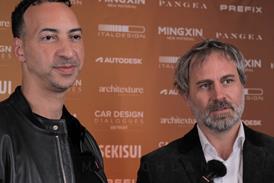
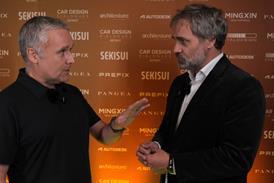
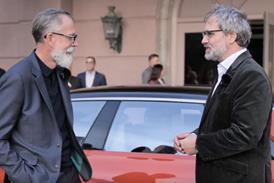
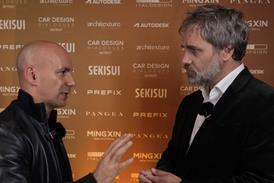





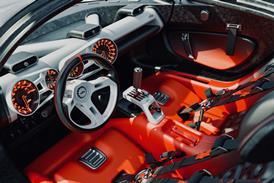


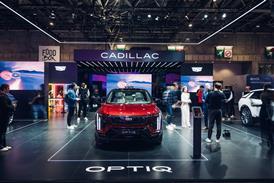
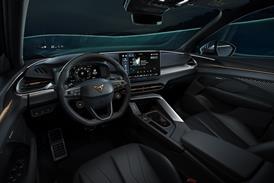
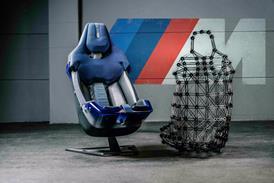

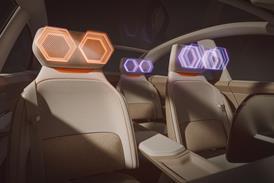
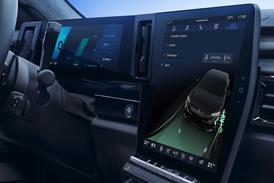
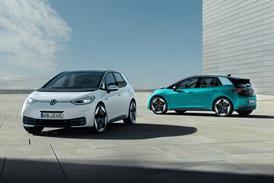
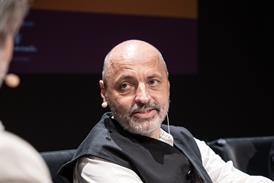
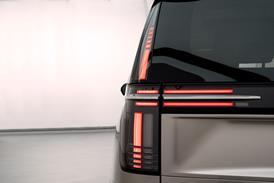
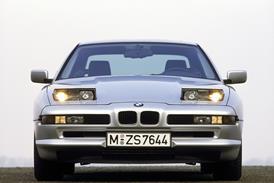


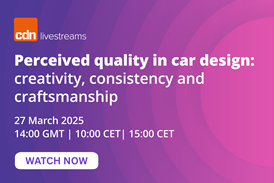



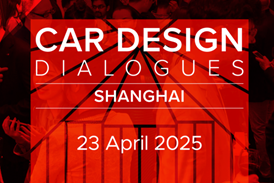
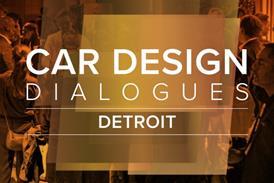
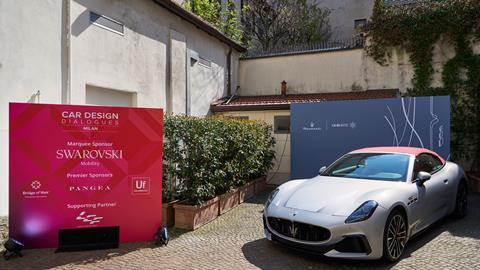
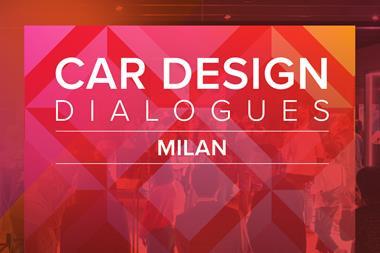
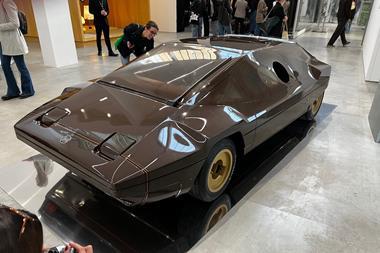

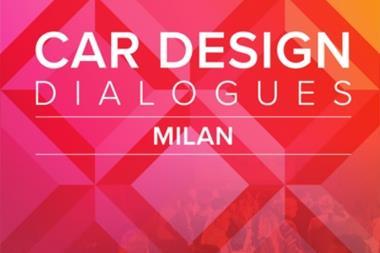
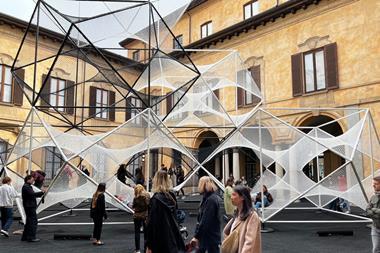
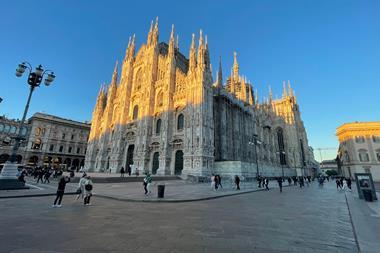



No comments yet